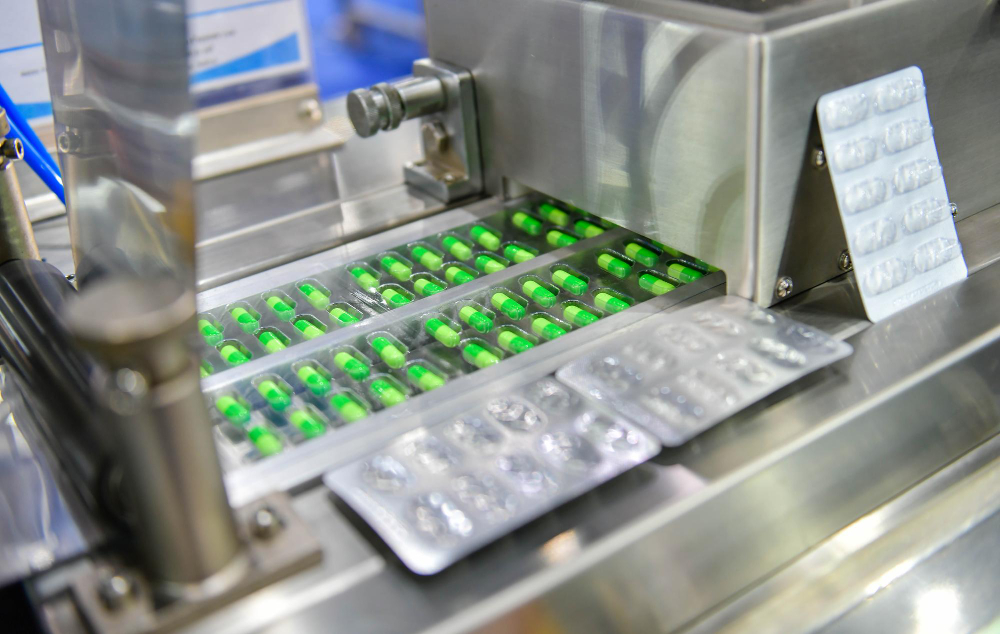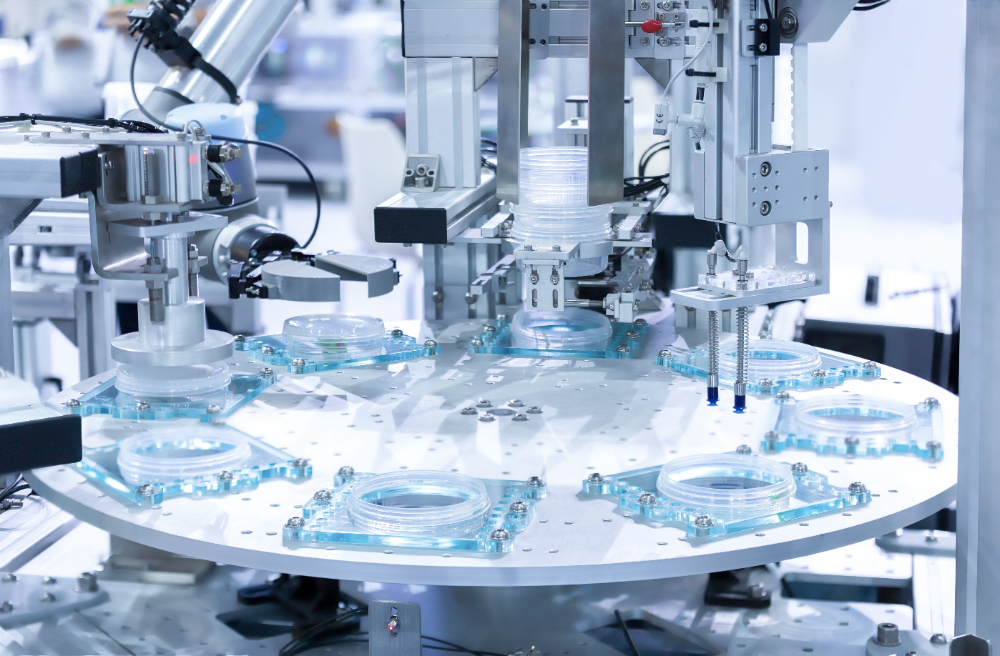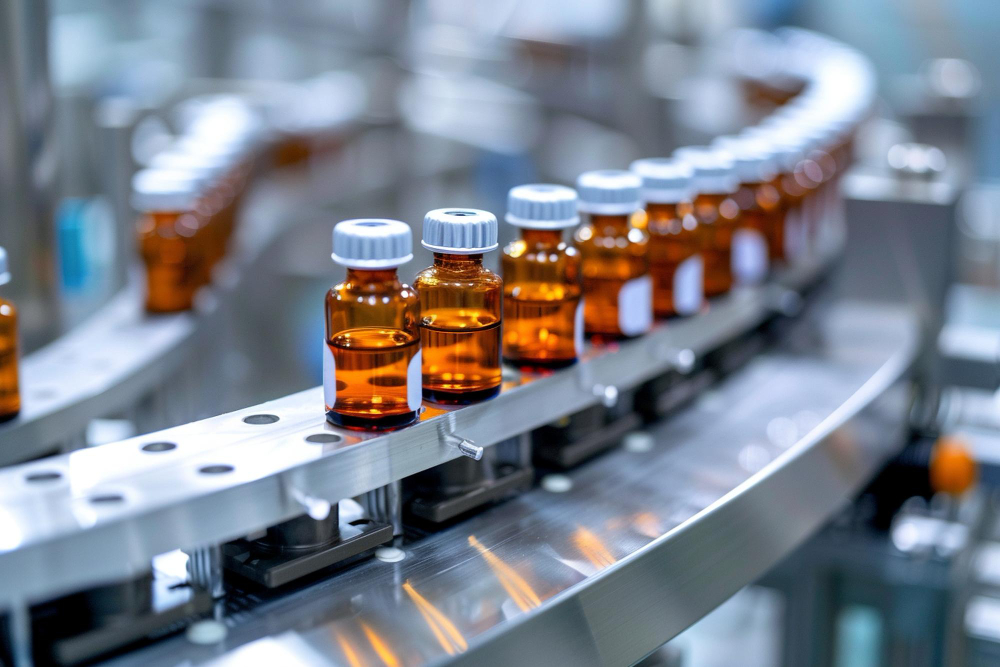
In order to make sure drugs are not only at their most effective but also at their safest for patients, pharmaceutical companies must implement aseptic filling. This pertains to the process of filling commercially sterilized products into pre-sterilized containers.
Does that sound too complex? Learn every essential information about this sterile pharmaceutical manufacturing process in this concise guide. Canaan will cover the following:
– What is aseptic filling?
– How aseptic filling works
– Tips to make the most of the process
The term “aseptic filling” is the direct opposite of that which is used to refer to where contaminated elements go. Aseptic filling is the process of using pre-sterilized containers to commercially fill them in with sterilized products. In the case of pharmaceutical companies, these products are the drug.
Four various techniques encompass this sterile manufacturing procedure, but only one is used in a cycle. It could either be:
There are several schools of thought teaching how aseptic filling works, but to enlighten you on its working principle, Canaan will discuss the most popular flow.
Everything starts with sterilization, wherein both the product or the pharmaceutical drug, and the containers where they will be placed – vials, syringes, ampoules, capsules, and other types – should first and foremost be sterilized before the filling process.
This sterile manufacturing technique cannot drive home its point if the sterilization process won’t happen in a sterile environment. Therefore, the filling process using your aseptic filling machine must take place within a controlled, sterile environment, often in an extremely clean room, to minimize the risks of contamination.
Once the environment has been set for sterilization and the process concludes, the filling process starts. The now sterile products are dispensed into pre-sterilized containers using specialized equipment, such as those aseptic filling machines.
These machines are thoroughly designed for precise dosing and filling, ensuring proper volume while keeping underfilling at bay. Underfilling is bad since you want the right dosage for your consumers.
In addition, one of these filling methods can be used, such as diaphragm pumps, pressure fills, or peristaltic pumps.
After the filling process, the containers must be hermetically sealed to keep the sterility at a constant range.
The aseptic filling process does not end there. From time to time, rigorous quality control measures must be enforced to ensure the drugs will be at their most sterile and integral.

Below are the do’s and don’ts to make the most of the aseptic filling process for every pharmaceutical industry:
Refer to your industry’s standards for cleanroom classifications. Also, air quality, humidity, temperature, and pressure differentials must regularly be tracked to prevent contamination. Sometimes, you may need to use HEPA filters, just like what hand dryers use, to ensure proper airflow control.
Even if you ensure the process happens in a sterile environment and the processes are followed to a tee, without wearing the right apparel and gear, you cannot ensure sterile production.
So, staff working on the filling must don sterile gowns, masks, gloves, and shoe covers, while following hygiene procedures – similar to how workers in a fast-food chain do it.
Even if you use your aseptic filling machine often, you cannot expect them to perform at their peak all the time. So, routine validation and monitoring of these equipment are vital.
By chance you forget to carry out frequent sterility tests on your product, equipment, and production space, you will be shocked to encounter undetected contamination before you even know it. You don’t want costly recalls and call-ups from regulatory authorities, do you?
This is where the warning “unauthorized personnel must keep out” is best applied. Only qualified personnel should be allowed entry into aseptic zones.
Setting aside maintenance and repair leads to microbial growth, contamination risks, and equipment failures. Proactive servicing of sterilization units must be implemented.

Aseptic filling isn’t something that each pharmaceutical company will invest in. The process is meticulous. It isn’t mandatory for all drugs, but how difficult is spending a bit of your time to implement this procedure if it means not putting the safety of your patients at risk? Therefore, aseptic filling is generally a must.
Our company, Canaan specializes in manufacturing filling machines, particularly those that attend to drugs and medications in capsule form, equipped with features that guarantee safe operations and easier maintenance. Apart from capsule filling machines, we also provide water systems, packaging equipment, and extraction tools. Send us a message today to inquire about our offers.




Manufacturing pharmaceutical products should always be taken seriously. That is, every process must follow the strictest and highest standards. This is the very reason why manufacturers prefer hiring an EPC contractor. Contractors working under EPC contracts will ensure the outcomes are of the best quality no matter what happens, focusing on the construction of the […]

Explore the importance of EPC contracts in pharmaceutical manufacturing. Learn how EPC works, its benefits, and why choosing an EPC contractor can guarantee project success with Canaan’s industry-leading equipment.

Discover how SCADA and PLC improve automation in the pharmaceutical industry. Learn their roles, benefits, and how Canaan’s advanced technology enhances efficiency and safety.